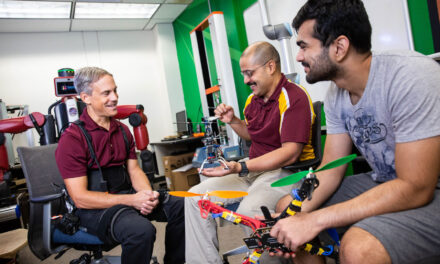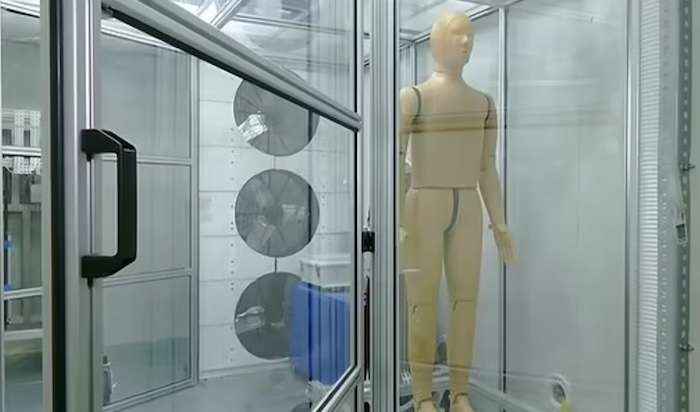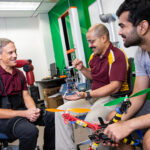
Robots mimic human reactions to extreme heat
Engineers and scientists are developing diverse new methods to study the impacts of rising global temperatures. In Arizona, an epicenter of heat warnings this summer, one venture by ASU researchers involves a robot that simulates human sweating as a way to reveal precisely how people can be affected — and endangered — by exposure to extreme heat. The robot named ANDI (pictured) is an outdoor thermal manikin designed to provide a deeper understanding of hyperthermia, which is threatening growing numbers of people around the world due to global warming. The research team leaders are Konrad Rykaczewski, an associate professor in the School for Engineering of Matter, Transport and Energy, part of the Fulton Schools, Ariane Middel, an associate professor in the School for Computing and Augmented Intelligence, part of the Fulton Schools, and the School of Arts, Media and Engineering, and Jennifer Vanos, an associate professor in the School of Sustainability.
See Also: How extreme summer weather can increase risks of strokes, heart attacks and car crashes, Daily Mail (United Kingdom), August 5
Sweating, shivering mannequin aids research on how bodies respond to extreme temperature, FOX Weather, August 1
Sweating, shivering, breathing robots teach humans how extreme temperatures affect the body, WBUR-Boston (NPR), June 27
ANDI the “manikin” helps researchers better understand heat and the human body, Arizona PBS (Horizon), July 26



































